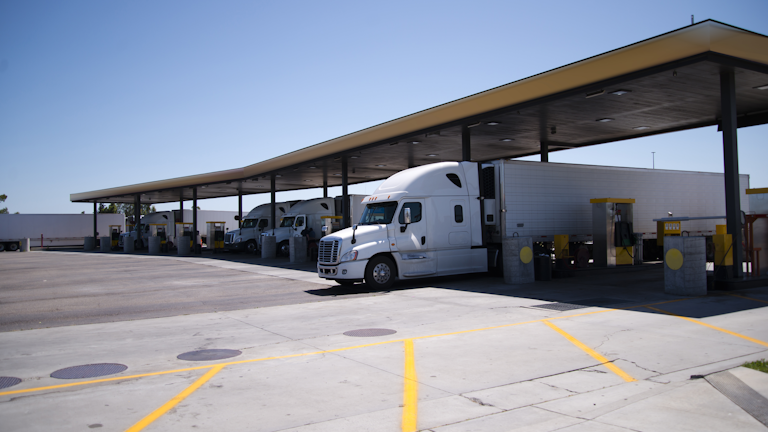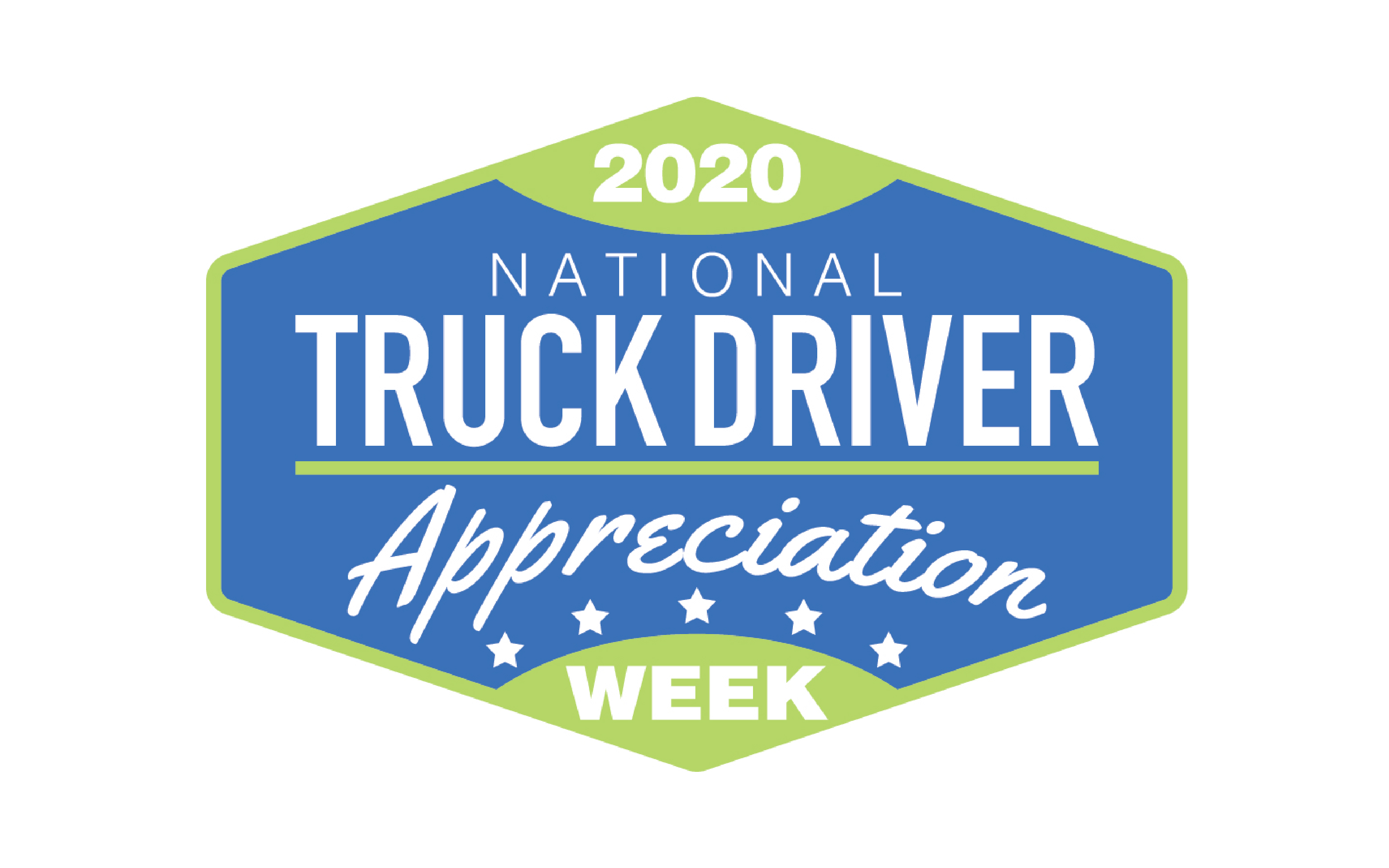Happy New Year from A and T Towing

In response, GM issued the following statement: The safety and trust of those who drive our vehicles is at the forefront of everything we do at General Motors. Although we believe a recall of these vehicles is not warranted based on the factual and scientific record, NHTSA has directed that we replace the airbag inflators in the vehicles in question. Based on data generated through independent scientific evaluation conducted over several years, we disagree with NHTSA’s position. However, we will abide by NHTSA’s decision and begin taking the necessary steps.
The recall will affect 6 million GM pickups and SUVs in the U.S. and other 1 million outside the U.S. from model years 2007 to 2014 and will cost the company roughly $1.2 billion according to the Associated Press.

Across North America, this week and next have been designated Drowsy Driving Prevention Week in the US and Canada respectively. A recent study by the National Safety Council revealed that almost 50% of Americans operate their vehicles while too tired to do so. This is a troubling statistic, especially considering the NSC has determined that driving with less than five hours sleep has the same accident risk as driving drunk. In other words, drowsy driving is impaired driving and half of us are driving around without enough sleep!
When you don't get enough sleep, you are more likely to make bad decisions and take more risks. The effects of drowsy driving are staggering, with an estimated 100,000 accidents and 1,500 deaths caused by drowsy driving each year. In addition to the impact on loved ones and family members, driving drowsy results in close to $13 billion in losses per year in the US alone.
The COVID-19 pandemic has added to the problem. Many are struggling with additional stress caused by uncertainty and fear, which is preventing them from getting enough sleep. Neurologists are seeing a spike in patients with sleep disorders caused by COVID-19, and are calling this phenomenon “COVID-somnia.”
What do companies need to remember to prevent drowsy driving?
As more businesses resume operations, and more vehicle fleets are getting back on the road, it is important to remember that an alert fleet driver is a safe fleet driver. Employees may not have driven in a few months, they may be operating a different vehicle, or they may be new hires with little driving experience. Given these additional challenges, it is even more important that drivers are well-rested, alert, and fully aware of their surroundings.
Getting enough sleep is even more important depending on your work environment. Long-haul trucking with heavy loads for example, the sheer size and weight of the truck and cargo combined demands a focused, and alert driver. Similarly, getting enough sleep can be a challenge for others who work long hours, night shifts, or have a very early start time every morning.
The NSC has compiled a list of nine risk factors for driver fatigue, and a staggering 97% of drivers surveyed had at least one of these factors which include: shift work, late working hours, sleep loss, and physically or cognitively demanding work. While no one is immune to drowsy driving, there are steps you can take to help ensure you get enough sleep.
What can fleet drivers do to stay healthy and well-rested during the pandemic and in “normal” times?
The best way to ensure you are well-rested and ready to drive, is to get enough sleep. So how much is enough? The National Heart, Lung, and Blood Institute (NHLBI) recommends that adults get at least between seven and eight hours of sleep every day. Our bodies crave sleep - not getting enough of it can also increase the risk of having high blood pressure, heart disease and lead to other medical problems.
Here are some great tips from NHLBI and UC Davis Health that will help you get a better sleep:
Sleep and wake at consistent times every day, including weekends. Establishing a regular sleep rhythm can make sure your body knows when to stay awake.
Maintain your daily routine when working remotely. Wake up, get dressed and eat breakfast as if you were heading to work. The same goes for after work, try to eat dinner and carry out your evening tasks on a regular schedule.
Establish one hour of quiet time before sleeping. Avoid loud music, strenuous exercise, and bright screens (e.g., smartphone, TV, laptop) and make sure your sleeping area is as dark as possible.
Stay away from heavy meals, alcohol, caffeine, and nicotine right before bed. All of these things will disrupt your sleep.
Use caution with sleep aids. Over-the-counter sleep aids can leave you drowsy the next morning and prescription drugs can lead to dependence.
Stay active - exercising on a daily basis, especially outdoors, can help maintain a more regular sleep rhythm.
Don't take naps - a short nap is ok, but anything over 20 minutes will disrupt your sleep cycle.
Take a hot bath or practice relaxation techniques - such as meditating before going to bed.
If you are already on the road, and feeling a little drowsy, there are a number of things you can do to help stay alert. The National Sleep Foundation recommends the following:
Drive in two-hour shifts with resting stops in between. If you begin to feel drowsy while driving or find yourself dozing, pull over and park as soon as possible to take a short nap.
Drink a caffeinated beverage. While caffeine is not a substitute for sleep, a caffeinated beverage can help you feel more awake after a short nap.
Travel with a passenger who is fully awake. Having someone who can help keep you awake or alert you if you’re drowsy can help prevent an accident. If possible, drive in shifts with your passenger.
Getting enough sleep every day is essential. It's also easier said than done, especially considering the psychological stress that COVID-19 has caused for so many of us. The best thing you can do is try and maintain a regular routine, exercise regularly, and avoid consuming stimulants before bedtime. We hope these tips will help you stay alert and focused on the road. Drive safely!
By Element Fleet Safety -
By the Element Safety Team
Source: https://www.elementfleet.com/resources/blog/fleet-drivers-are-you-getting-enough-sleep
For more information, please visit: https://www.trafficsafetymarketing.gov/get-materials/rail-grade-crossing/stop-trains-cant.


